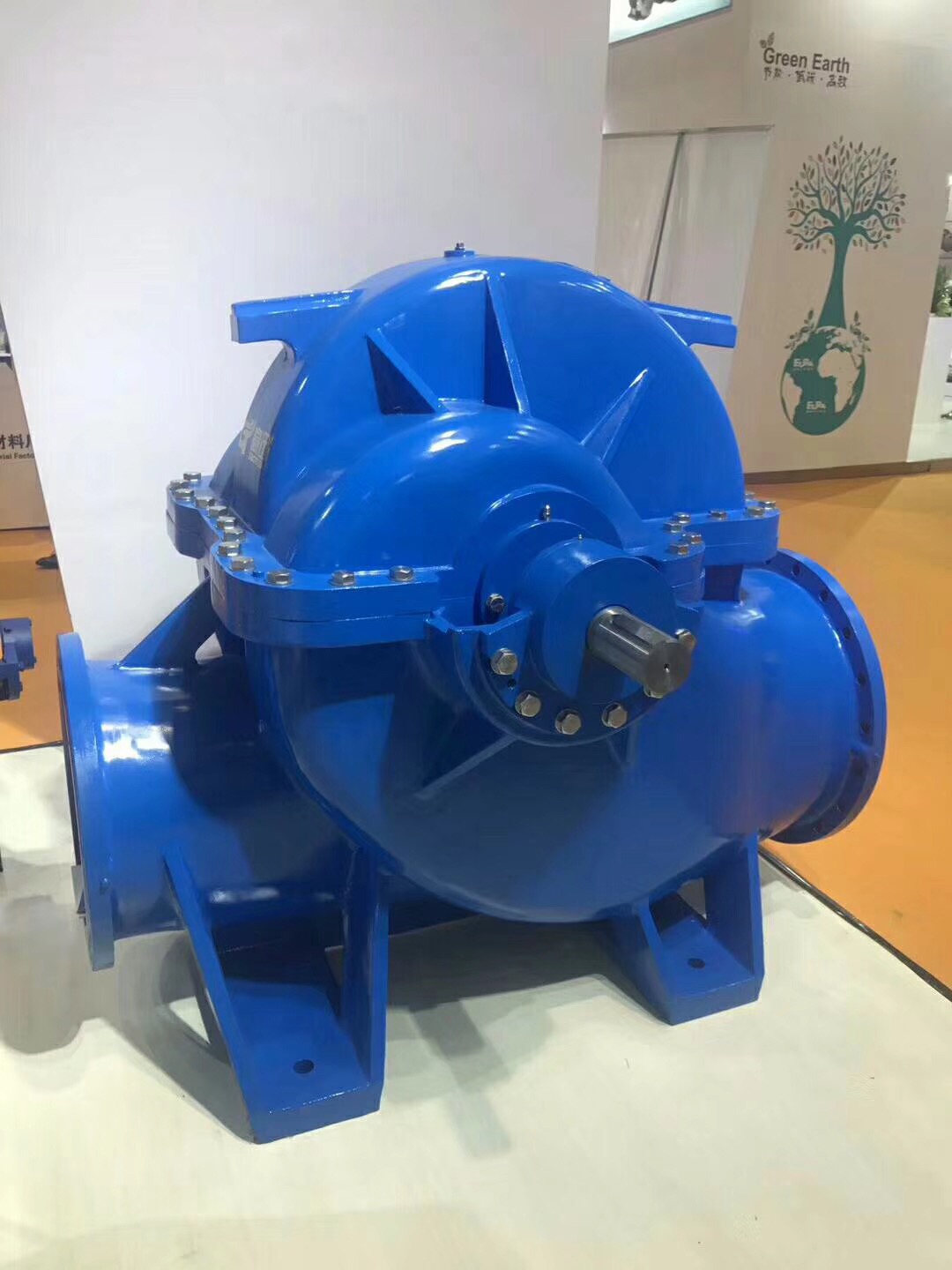Lithuanian
- Afrikaans
- Albanian
- Amharic
- Arabic
- Armenian
- Azerbaijani
- Basque
- Belarusian
- Bengali
- Bosnian
- Bulgarian
- Catalan
- Cebuano
- Corsican
- Croatian
- Czech
- Danish
- Dutch
- English
- Esperanto
- Estonian
- Finnish
- French
- Frisian
- Galician
- Georgian
- German
- Greek
- Gujarati
- Haitian Creole
- hausa
- hawaiian
- Hebrew
- Hindi
- Miao
- Hungarian
- Icelandic
- igbo
- Indonesian
- irish
- Italian
- Japanese
- Javanese
- Kannada
- kazakh
- Khmer
- Rwandese
- Korean
- Kurdish
- Kyrgyz
- Lao
- Latin
- Latvian
- Lithuanian
- Luxembourgish
- Macedonian
- Malgashi
- Malay
- Malayalam
- Maltese
- Maori
- Marathi
- Mongolian
- Myanmar
- Nepali
- Norwegian
- Norwegian
- Occitan
- Pashto
- Persian
- Polish
- Portuguese
- Punjabi
- Romanian
- Russian
- Samoan
- Scottish Gaelic
- Serbian
- Sesotho
- Shona
- Sindhi
- Sinhala
- Slovak
- Slovenian
- Somali
- Spanish
- Sundanese
- Swahili
- Swedish
- Tagalog
- Tajik
- Tamil
- Tatar
- Telugu
- Thai
- Turkish
- Turkmen
- Ukrainian
- Urdu
- Uighur
- Uzbek
- Vietnamese
- Welsh
- Bantu
- Yiddish
- Yoruba
- Zulu
Telephone: +86 13120555503
Email: frank@cypump.com
Spa . 14, 2024 04:51 Back to list
Sewer Line Pump Solutions for Efficient Wastewater Management and Maintenance
Understanding Sewer Line Pumps Essential Components for Waste Management
In the realm of plumbing and waste management, sewer line pumps play a crucial role in ensuring the efficient and safe disposal of wastewater. These pumps are designed to move sewage and wastewater from residential or commercial properties to sewer systems, treatment plants, or septic systems. Understanding how these pumps work, their types, and their maintenance is essential for homeowners and facility managers alike.
How Sewer Line Pumps Work
Sewer line pumps operate by moving wastewater against gravity. The primary function of these pumps is to transfer sewage from lower levels to higher elevations, where it can flow naturally into the municipal sewer system. They are often installed in basements or lower-level bathrooms where gravity drainage is not feasible.
Typically, a sewer line pump consists of several components, including a motor, impeller, and housing. The motor powers the impeller, which then creates pressure to push the sewage through the discharge pipe. As the pump fills with wastewater, a float switch activates the motor, ensuring that the pump operates only when necessary, thus conserving energy.
Types of Sewer Line Pumps
There are generally three types of sewer line pumps
1. Submersible Pumps These units are designed to operate while submerged in fluid. Submersible pumps are often used in residential settings due to their ability to handle both solids and liquids. Their sealed construction prevents electrical components from being exposed to wastewater, enhancing durability and safety.
2. Ejector Pumps Ejector pumps are typically used when the plumbing fixtures are located below the level of the main sewer line. These pumps use a jet of water to create a vacuum, drawing wastewater into the pump and ejecting it upward through the discharge pipe.
sewer line pump

3. Sewage Pumps While similar to submersible pumps, sewage pumps are specifically designed to handle raw sewage. They can process larger solids and are ideal for homes with multiple bathrooms or those located in low-lying areas.
Maintenance of Sewer Line Pumps
Regular maintenance is essential to ensure the longevity and efficiency of sewer line pumps. Here are some best practices for homeowners
- Regular Inspections Check the pump and its system regularly for signs of wear, leaks, or clogs. Look for strange noises or poor performance, which can indicate a problem.
- Clean the Pump Regularly clean the impeller and other components to prevent blockages caused by hair, grease, and debris. An annual professional cleaning is recommended to maintain optimal performance.
- Test the System Periodically, test the float switch to ensure it operates correctly. Manually trigger the pump to simulate the conditions it would face in real life. This can help identify issues before they result in significant problems.
- Check Electrical Connections Inspect the electrical connections periodically to ensure they are secure and free from corrosion.
Conclusion
Sewer line pumps are vital for effective wastewater management in both residential and commercial properties. By understanding their operation, types, and maintenance, property owners can ensure a reliable sewage system that operates efficiently and minimizes environmental impact. Regular inspections and maintenance not only enhance performance but also extend the lifespan of these essential appliances. Investing in a quality sewer line pump and keeping it well-maintained may save homeowners from costly repairs and health hazards associated with sewage backup, making it a worthy consideration for any property owner.
-
Horizontal Split Case Pump with GPT-4 Turbo | High Efficiency
NewsAug.01,2025
-
ISG Series Pipeline Pump - Chi Yuan Pumps | High Efficiency, Durable Design
NewsAug.01,2025
-
Advanced Flue Gas Desulfurization Pump with GPT-4 Turbo | Durable & Efficient
NewsJul.31,2025
-
ISG Series Vertical Pipeline Pump - Chi Yuan Pumps | Advanced Hydraulic Design&Durable Construction
NewsJul.31,2025
-
ISG Series Vertical Pipeline Pump - Chi Yuan Pumps | Energy Efficient & Low Noise
NewsJul.31,2025
-
pipeline pump - Chi Yuan Pumps Co., LTD.|High Efficiency&Low Noise
NewsJul.31,2025










